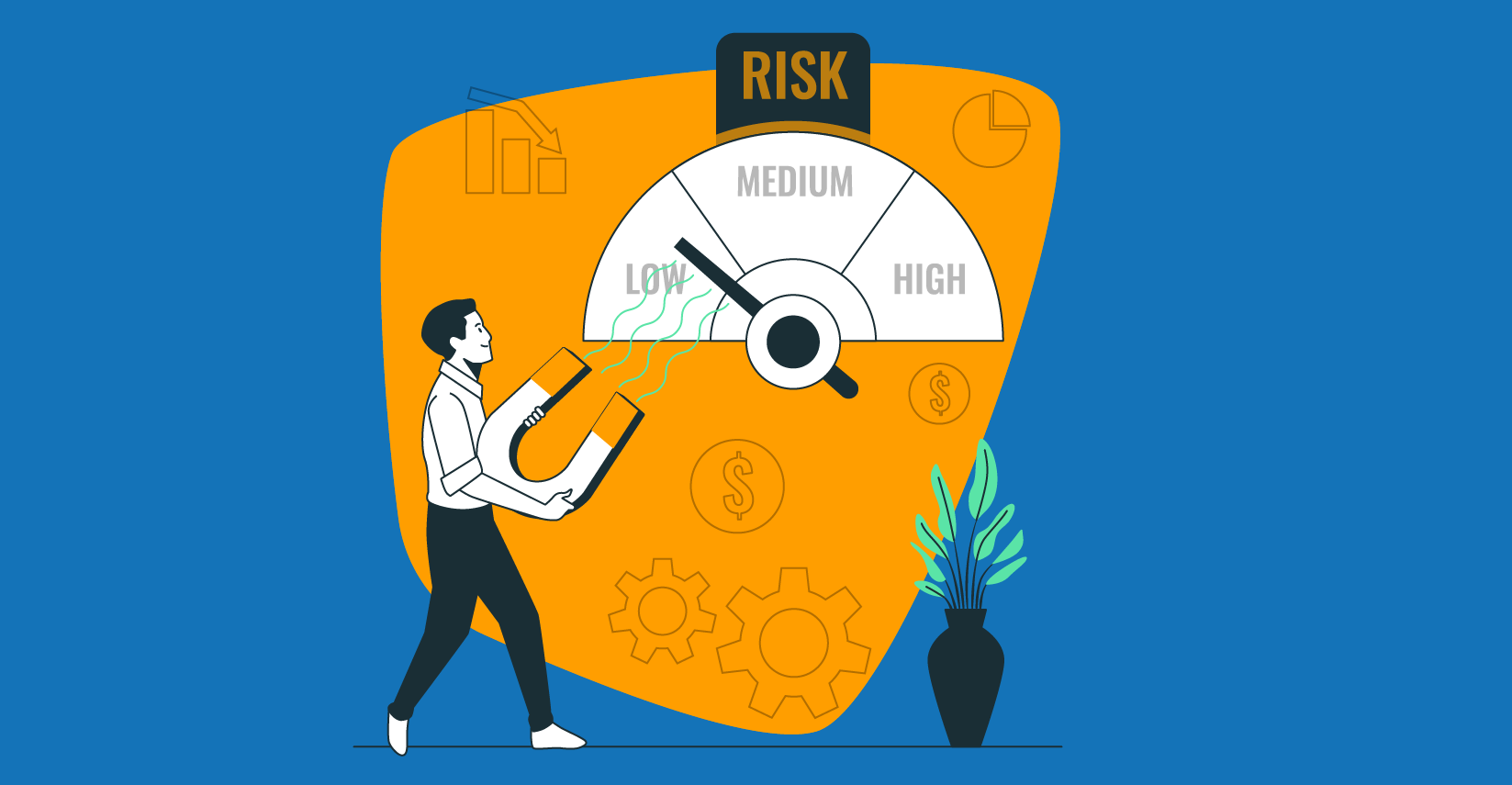How Fast is your Website?

- September 20, 2013
- admin
Well, I think many of you have come across such kind of question. What is the industry standard response time for a webpage? And then we always get the same boring answer. “It depends on …” Yes, this is true. Many industry experts believe that it largely depends on the type of a site and its audience. It includes their location of access, hardware and connection. You cannot simply set the accurate benchmarks for the site as it depends on so many factors. However, we can improve the response time by working on the variables that majorly impact the performance expectations. Let’s look at the considerations that directly contribute towards the performance expectations. We can divide these considerations into three broad categories.
- User Psychology and Expectations
- System Consideration
- Usage Consideration
User Psychology and Expectations:
This factor is pivotal and often gets ignored and over ridden by the usage and the system consideration. User psychology determines the extent to which the user is patient to wait for a webpage to load in a particular time and it changes according to his/her mood swings and occasions. A hasty user will definitely want the website to be as quick as 1.5 seconds response time. On the other hand, he/she at times can wait for the webpage to load up to 5 to 7 seconds, depending on the situation. However, the user expectations are always high. User always wants the website to load in the least possible time and doesn’t care about the number of users (load) visiting the specific website. Therefore, we can conclude that user psychology may be based on the previous surfing experience, user mood swings, speed of his/her network connection and his/her level of tolerance.
System Consideration:
System consideration is another vital aspect that stakeholders need to look upon that what kind of performance they expect when they say “fast enough”. By system consideration, we mean the kind of system hardware, network or bandwidth, geographical location and the software architecture. It also vastly depends on the kind of the audience that the particular website has and by keeping in mind that audience, we need to allocate resources to the website. High performance can be achieved by incurring high costs and buying systems with latest technology. This will not only cut the data process time of the web page, but also enhances the real time experience. There is a need to create a balance between the performance and the cost. So, webpages should be designed in such a way that they deliver the optimize performance even at low performing systems. The webpage content should be managed appropriately to ensure a quick standard response time on different systems.
Usage Consideration
Usage consideration means the kind of website or webpage user is surfing and the way it will be used. For example, is the user visiting a shopping site or current news site? Response time will be different for these different kinds of websites. An application used by workers to update database must have a quick response time than a web shopping site. “Fairly slow” News site can be acceptable as long as the text appears before the graphics. Therefore, the thumb rule is that interactive sites must have a quick response time than the static sites. Consequently, sites that are used by the people for the purpose of work-related activities must be faster than the sites that people use primarily for the purpose of entertainment.
These considerations play a vital role in tuning up the site performance and the response time. However, the important thing is to think about the usage consideration and to determine the level of performance tolerance of the expected users as compared to overall system considerations and user psychology.











